Summary
It boasts a breathtaking natural environment with a diverse climate and abundant outdoor recreation opportunities. The climate in Wilson is characterized by warm summers and cold winters, offering a distinct four-season experience. Summers are mild with temperatures averaging around 75°F, making it ideal for hiking, camping, and fishing. Winter brings heavy snowfall, creating a winter wonderland for skiing, snowboarding, and snowshoeing enthusiasts.
Hydrology constituents play a significant role in Wilson's natural beauty. The town is surrounded by pristine rivers, including the Snake River and Gros Ventre River, which provide excellent opportunities for rafting, kayaking, and fly fishing. These waterways are also home to an array of wildlife, such as bald eagles, moose, and trout, adding to the appeal of the area.
In addition to its climate and hydrology, Wilson offers a range of outdoor recreation opportunities. The nearby Grand Teton National Park and Bridger-Teton National Forest provide numerous trails for hiking and mountain biking, as well as scenic drives and wildlife viewing. Additionally, the Jackson Hole Mountain Resort attracts skiers and snowboarders from around the world with its challenging slopes and breathtaking views. Wilson, Wyoming truly is a haven for nature lovers and outdoor enthusiasts.
Weather Forecast
Wilson receives approximately 517mm of rain per year, with humidity levels near 77% and air temperatures averaging around 4°C. Wilson has a plant hardyness factor of 4, meaning plants and agriculture in this region thrive during a short period during spring and early summer. Most plants will die off during the colder winter months.
Area Campgrounds
| Location | Reservations | Toilets |
|---|---|---|
 Middle/South Fork Granite Group Site
Middle/South Fork Granite Group Site
|
||
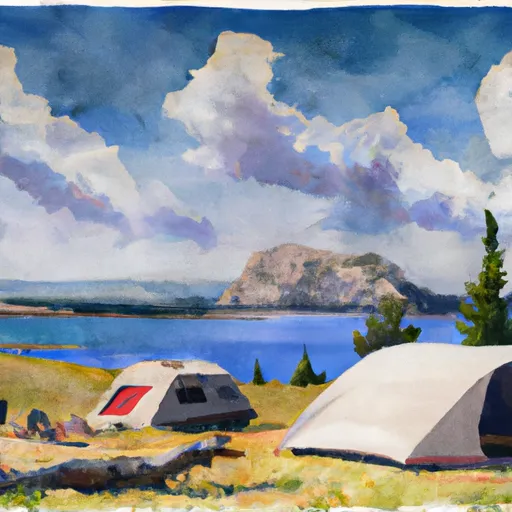 Marion Lake
Marion Lake
|
||
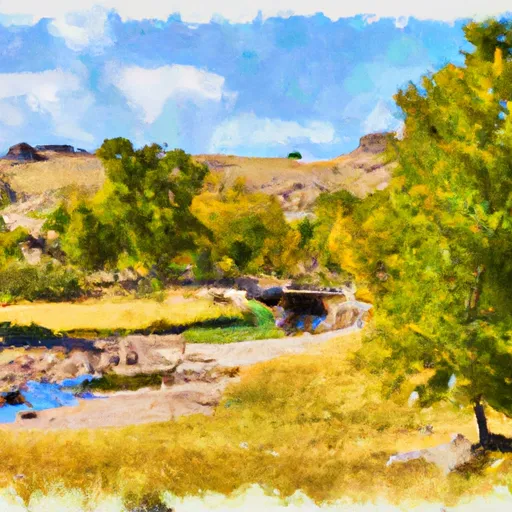 Trail Creek - Victor
Trail Creek - Victor
|
||
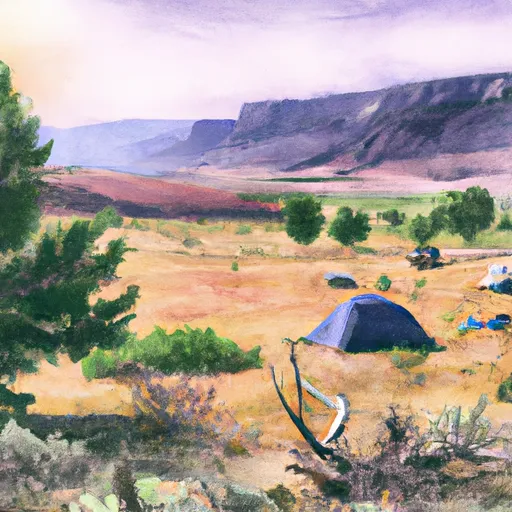 Death Canyon Horse Site
Death Canyon Horse Site
|
||
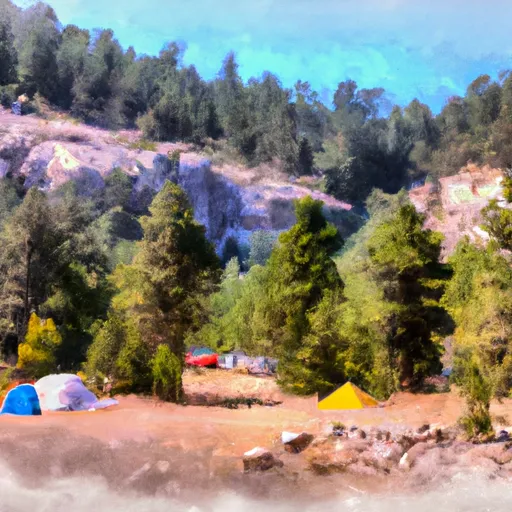 Curtis Canyon Campground
Curtis Canyon Campground
|
||
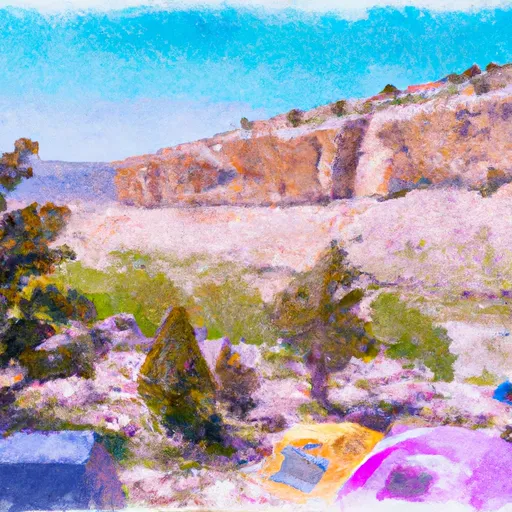 Curtis Canyon
Curtis Canyon
|

 Jedediah Smith Wilderness
Jedediah Smith Wilderness
 Powderhorn Park
Powderhorn Park
 Karns Meadow Park
Karns Meadow Park
 Smith's Park
Smith's Park
 George Washington Memorial Park
George Washington Memorial Park